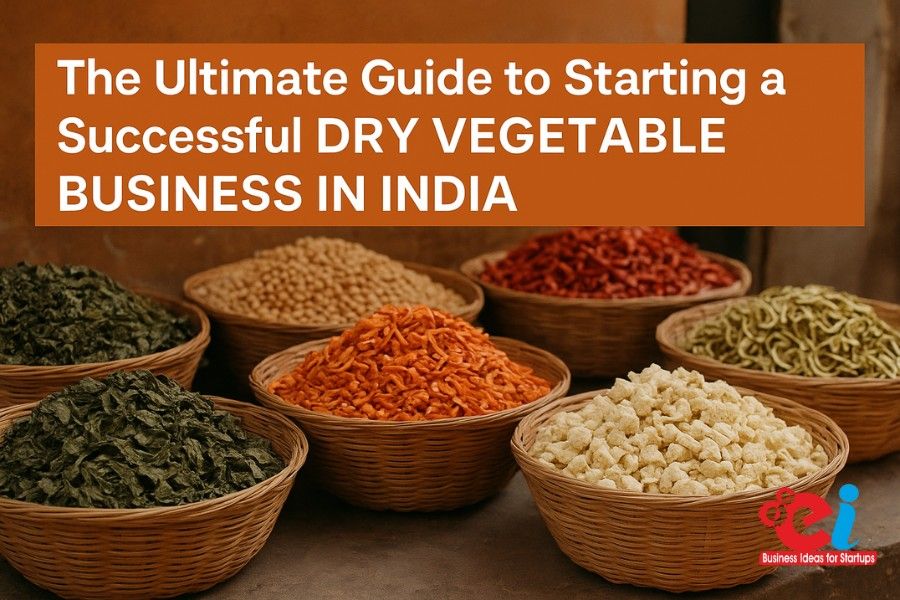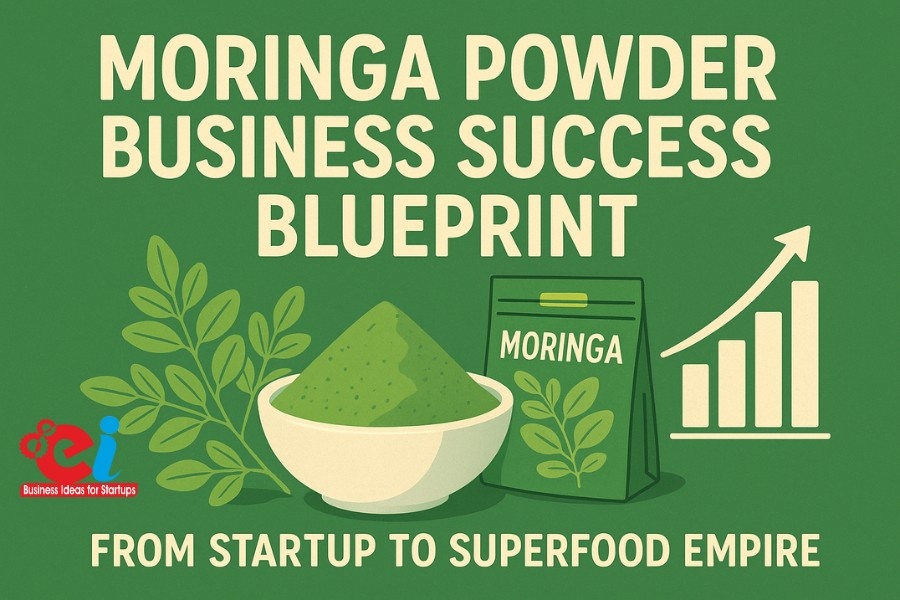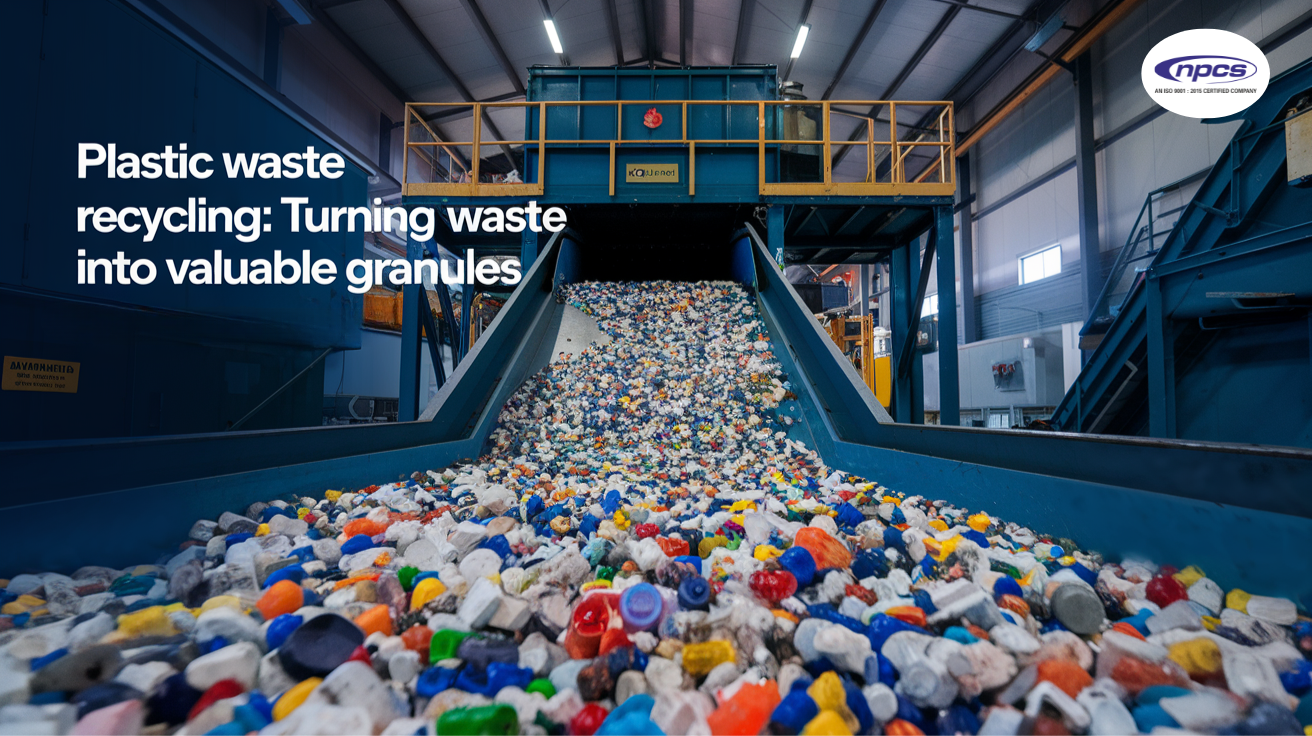Opportunities in Manufacturing: Entrepreneurs face no end of new opportunities from the manufacturing sector, a growing part of the economy because people are looking for safer, better, greener options. Because of this, many products like DI double-flanged pipes, potato powder, SAP gel and rice husk tableware are and will be in high demand and are likely to be very profitable.
While these products cater to different industries, they all satisfy the needs for growing demand and the latest technologies. As a result, new ventures can be sure of these industries for new and sustained profitability. This dissertation will discuss, in a simple but comprehensive manner, the products, processes, market size and business opportunities available to these new entrants.
What is Potato Powder?
Potato powder is made from whole, freshly harvested, cleaned potatoes, which are then dehydrated until dry and finely ground it until it reaches a homogeneous consistency.
The powder retains most of the original potatoes’ nutrients and it can be easily incorporated into many other food products such as instant soup mixes, baked goods, snack foods, and noodles. Along with the growing demand for potato powder in food applications, it is also commonly used because of its long shelf life and low cost in transporting large quantities its smaller volume.
Read Our Book: Click Here
Manufacturing Process-Opportunities in Manufacturing
First, potatoes are sorted, washed to get rid of dirt, peeled, and then cut into slices. After the potatoes are sliced, they are blanched to retain their color. After blanching, the pieces are then dried in one of several types of dryers: drum, spray, or freeze.
The dried product is then milled to a fine powder, and then we’re sieved to make sure the consistency is uniform. The producers then packaged the powder into moisture-proof bags to ensure long shelf-stability and quality.
Market Size, Forecast and Drivers
The global dehydrated potatoes market was worth approximately $5.2 billion in 2022, and will likely reach $7.03 billion in the year 2032. This steady growth helps to project about a 6.5% average growth.
The Asia Pacific region leads the market due to new, nearly ready to eat and gained a lot of popularity with the introduction of vegan and gluten free diets. This growth in consumption makes potato powder a very sure and reliable product in the food industry(Opportunities in Manufacturing).
Business Considerations for Startups
Startups should consider the most cost-effective methods for drying. Some drying methods are better than others. The factory should provide for the washing, peeling, drying, milling, and packaging. Since the available resources are of moderate amounts, the bussiness should target small to medium size manufacturers.
Bulk sales to foodindustry customers are possible, and food manufacturers can sell under their own labels(Opportunities in Manufacturing). Entrepreneurs can get additional market growth if food safety inspections are passed more.
Read More: Fruits & Vegetables Powder Manufacturing Business
Ductile Iron Double-Flanged Pipes: Backbone of Water Infrastructure
Understanding DI and Double Flanges
Ductile iron incorporates more magnesium than normal cast iron, making it stronger and more flexible. Therefore DI friction loss siles the most pressure and load.
A double-flanged pipe has both ends with flanges, so workers can connect long pipe sections with no need to hot work. Because of safety and reliability D inflow pipes are the most common for water supply, sewage, industry, and fire protection systems(Opportunities in Manufacturing).
How DI DF Pipes are Made
Scrap steel and iron are melted into a furnace, and, when molten, magnesium is added to give the metal a ductile constitution. The metal is then poured into spinning molds to form the pipes.
Once the pipes are spun and cooled, they are placed into an oven that is programmed to run a specific temperature schedule to allow the pipes to relax and become more flexible, a process called annealing.
Flanges, the round metal pieces that are bolted to the pipe, are either welded to the pipe or poured into place, and then the pipes are machined to a specific length. In order to stop them from getting eaten away by rust, the pipes get a protective coating made out of either cement mortar, epoxy, or zinc, which are all made specifically to win the battle(Opportunities in Manufacturing).
The pipes are then put through a series of tests to make sure that they are guaranteed to stay intact and solid through a number of different circumstances before they are shipped out.

Market Outlook and Trends-Opportunities in Manufacturing
The ductile iron pipe market is estimated to be around 16.31 billion dollars in 2024, and is projected to be 24.29 billion dollars by 2030, with an estimated 7% growth per year. The Asia-Pacific market is the biggest contributor to the growth in the market, and that growth is due to the rapid construction of water infrastructures.
Also, in the U.S., there is a demand for DI DF pipes due to the replacement of aged out water systems. Because of the increasing focus from governments around the world on providing universal access to clean water, the demand for DI DF pipes is increasing.
Startup Considerations and Opportunities-Opportunities in Manufacturing
Constructing a DI DF pipe plant requires considerable monetary investment. Therefore, newbie entrepreneurs may opt to service small diameter pipes and coating services. Conforming to norms and standards such ISO and AWWA would be needed for acceptance.
The need for high capital in this industry is offset with steady demand and good prospects. Partnerships with governmental and contracting entities assist in securing long term service contracts.
Rice Husk Plates, Bowls and Cups: Sustainable Tableware for a Greener Future
Overview and Advantages-Opportunities in Manufacturing
The production of rice husk tableware is rapidly growing as tableware is a less harmful alternative to many materials. The rice husk is a by-product of rice farming, and is used for its strength and heat resistance. The product is safe for food use and is natural.
It does not break down excessively, harming soil and water. This tableware is a good product as it utilizes husk waste and is biodegradable.
Manufacturing Process
The first step is the collection and cleaning of rice husk. Then it is ground into a powder and mixed with natural binders. The mixture is then placed into molding machines that create various shapes.
The finished items then are dried and cured by a method that strengthens them while removing moisture. Food grade coatings are added to enhance the look and increase waterproofing. The finished products are then strength and safety tested before being sent to storage.
Read More: The Most Profitable Businesses and Industries for a New Startup.
Market Size, Forecast and Trends
In 2023, the market for pliable cutlery is approximately $15.27 billion. This market is predicted to increase with a predicted market value of 24.69 billion by 2030. The pliable cutlery market is predicted to increase at an average rate of 7.1 % yearly-Opportunities in Manufacturing.
In the past, Europe produced the most revenue, but now Asia-Pacific is expected to grow the fastest. Current eviromentally sustainable policies, plastic bans, and the use of online food delivery systems are increasing the need for pliable cutlery. This market is expanding, made especially quick by the incorporation of tableware made of rice husks.
Entrepreneurial Considerations-Opportunities in Manufacturing
Ease of access to the required unprocessed materials and a low need for initial investments makes the process easy for use by start up businesses. The tools and machines used for grinding, shaping, and drying of products are both inexpensive and scalable.
Entrepreneurs should establish partnerships with rice mills to ensure that dried rice husks are always available to meet specifications. Marketing should focus on the ease of use, environmental sustainability, and attractive designs. The strong demand and low initial costs for start up businesses in the industry will lead to rapid growth(Opportunities in Manufacturing).
Read Our Project Report: Click Here
SAP Gel for Hygiene Products: Absorbent Polymers
Defining Superabsorbent Polymers
Diapers and sanitary products require foams that can store liquids, and superabsorbent polymers (SAP) do just that. SAP, which is comprised of sodium polyacrylate, absorbs moisture into its network and holds it in place, preventing moisture from wetting the first layer. This keeps the outer covering of the napkin or diaper both dry and comfotable(Opportunities in Manufacturing).
Because of the growing need for moisture retention in various products, SAP is used in different sectors, including: agriculture, medicine, packaging, and of course, hygiene. It is mandatory in products that cater to all ages due to the heightened awareness of the hygiene industry.
Manufacturing SAP
When manufacturers of SAP start producing the product, their first step is to neutralise the acrylic acid, and, with the use of crosslinkers, polymerise and create a network with a superabsorbent polymer that forms a gel with crosslinked chains.
Once a superabsorbent network is formed, the polymer is frozen and milled, and surface area of the SAP is enlarged. To prevent the moisture absorbing polymer from gelling, the gel is treated. Like most polymers, the moisture absorbent polymer is milled, and sieved to obtain the desired distribution for use in hygiene products(Opportunities in Manufacturing).
To ensure that the product is safe for the end user, strict protocols are followed for polymerisation and gel handling. The result is a moisture absorbent product that meets criteria for both flow rate and particle size.
Read More: List of Profitable Potato Processing Business Ideas
Market Trends and Growth Forecast
The SAP market has been worth around USD 6.18 billion in 2024 and will likely reach USD 10.46 billion in 2032. It sustains a compound annual growth rate of 6.9 percent due to the increased need for diapers and sanitary products.
Most of the growth is coming from the Asia-Pacific region, which has the largest share attributed to a growing population and increasing awareness of hygiene(Opportunities in Manufacturing).
Companies are currently investigating the production of bio-based SAP to mitigate climate change. This indicates that SAP is a growing and future-oriented industry.
Business Prospects
The production of superabsorbent polymer requires advanced technologies, trained workers, and abiding by a set of intractable chemical regulations. Since large chemical companies are the only ones that can dominate the sector, it will probably be costly for newcomers to establish their own production.
Other alternatives for production are distribution, bio-based SAPs, and specialty grades that are in demand. Hygiene brands can provide newcomers with significant supply chain opportunities. The unique specialty SAPs designed specifically for eco-friendly diapers and pads are opportunities waiting for entrepreneurs(Opportunities in Manufacturing).
Conclusion-Opportunities in Manufacturing
These four manufacturing ideas—potato powder, DI DF pipes, rice husk tableware and SAP gel—have formidable business possibilities because they fit global trends.
Potato powder increases alongside convenience food, DI pipes rise alongside water infrastructure, rice husk tableware expands alongside sustainability efforts, and SAP gels increase alongside hygiene needs.
Entrepreneurs may enter these industries with confidence once they understand the processes, markets and investment requirements, making these industries practical and profitable for new players. Thus, these industries are new manufacturing businesses are practical and profitable.
Find the Best Idea for Yourself With our Startup Selector Tool
How NPCS Can Help You-Opportunities in Manufacturing
NPCS helps Entrepreneurs by offering tailored, comprehensive, and detailed reports that explain franchising a business process step by step. NPCS analyzes the market, the raw materials needed for the processes, other machinery, and the layout for the plant, which lets you understand the potential investment against the potential profit.
Their regulatory, reasonable, and project standard guidance helps you get the confidence to establish your unit. Their reports, based on real metrics they researched, and proven industry insight, justify the risk and guide you to the right business process.
Frequently Asked Questions (FAQ)
1. What do you need to consider before starting a potato processing unit?
Before starting a potato processing unit, entrepreneurs need to ensure potato crops are available, and consider costs for drying technology and market demand in the area. They need to ensure a steady supply of potatoes from the farmers, and invest in affordable, efficient dryers, startups need to manage food safety and quality control systems.
2. Are DI double-flanged pipes suitable for all types of water projects?
DI double flanged pipes are best suited for high pressure applications such as municipal water supply systems and sewage systems and fire pipelines. However, for low pressure applications or small rural pipelines, for example, PVC or HDPE are better suited as they are lightweight.
3. How sustainable are rice husk plates and cups?
Rice husk tableware is made from agricultural waste, and as such, is fully biodegradable and does not harm the environment. Because of this, it is a far more sustainable alternative to single use plastic.
4. What challenges exist in the SAP gel sector?
The production of SAP requires expensive specialized chemical processing machinery as well as skilled people, and strict permits for the environment. The industry is dominated by a small number of large companies, and new entrants are faced with high barriers to entry.
5. Is it possible for new businesses to sell abroad?
Certainly. All four products—potato powder, DI DF pipes, rice husk tableware, and SAP gel—are in high demand abroad. Exporting is possible if you have the appropriate certificates, quality control, and proper packaging.

























